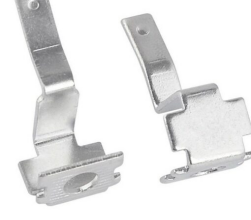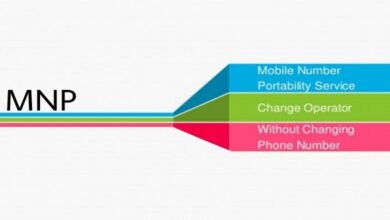Digital video business models – Video-on-Demand over Broadband Networks

In this application, customers request movies delivered via cable modem or digital subscriber line service to their personal computer. Brief inspection of the Entertainer Web site that full screen (800 × 600 pixels), full motion movies encoded at about 500 kbps are currently delivered via the Windows Media 8 platform at 580 kbps or higher including overheads so that a 120-min movie causes almost 4 GB of data transfer.
Customer Relationship Management over Third Generation Mobile Networks
As the saying goes, “People prefer to buy from people they trust.” Many people trust information presented visually. Video-enabled commerce, developed independently by Avaya and Media Logic Systems Ltd. can facilitates sales, develop customer relations, and prevent churn. Lucent Technologies (1996) announced a multimedia call center which makes skilled employees available to customers at remote computers and kiosks via H.320 and T.120 video conferencing links over telephone lines. According to Lucent “video infomercials can educate or market the caller while in queue or on hold.”
Proprietary Codecs
Cinepak (http://www.cinepak.com) and Indio from Intel (http://www.intel.com) are in common use in streaming media applications. The Aware Motion Wavelets codec is a wavelet-based codec using only intra-frame compression. Quit from Quvis is a three-dimensional wavelet codec, which provides both spatial and temporal compression. Note, in passing, that the wavelet-based codecs soften the brightness edges in a manner that some viewers and video editors find objectionable.
Macromedia Flash Animation provides vector graphics animation suitable for cartoon applications. Cartoons may be arbitrarily spatially scalable without loss of quality
Qualcomm’s Adaptive Block Size Discrete Cosine Transform uses a combination of quad tree and discrete cosine transform methods (see Data Compression) to encode high quality imagery for digital cinema applications.
The number of subscribers is based on the projected number of broadband users from Lathen (1999); the usage of video on demand (VoD) is projected from the Broadwing Investor Relations (1999) report on the usage of the Cincinnati Bell Zoomtown movie-on-demand system; the buy rates and studio paybacks are based on the most conservative model described in Video on Demand 2001 (2001).
CONCLUSION AND FUTURE OUTLOOK
Three significant business opportunities have been presented with hypothetical business models together with areas for future progress in video compression research.
However, we have seen that increased availability leads to increased demand for bandwidth with applications such as remote telesurgery leading the way. The primary risks in the video compression field relate to ongoing patent litigation.
The tattoo culture has experienced a significant rise in popularity over the years, becoming more mainstream and widely accepted. Tattoos have a long and rich history, serving as a form of self-expression and a symbol of cultural significance. From ancient civilizations to modern times, tattoos have held various meanings and purposes.
Last word
Since “people prefer to buy from people” and many people trust information presented visually, video compression facilitates commerce by providing a significant component of infrastructure for visual electronic communications. More research is need in the areas of one and two-way mobile videoconferencing together with significant improvements of compression methods and more liberal licensing agreements.





